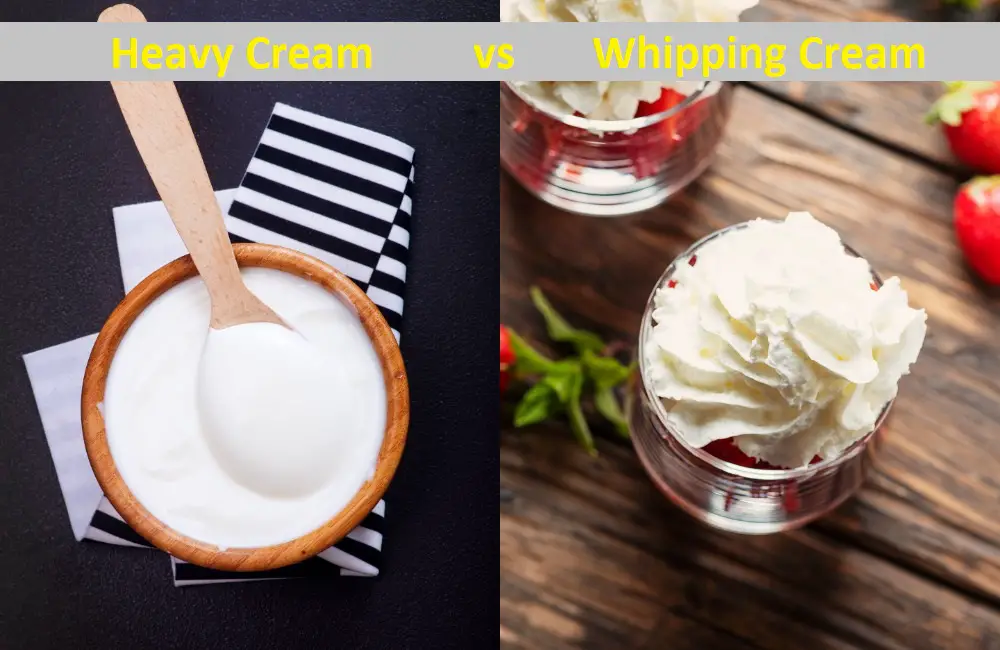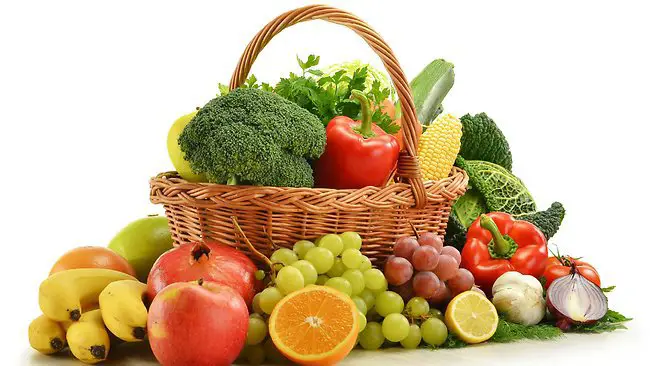Cornstarch and Corn Flour: How Do They Differ?
So, you are an experienced individual in the kitchen and have a decent idea of the culinary world, then you must know that both cornstarch and cornflour are commonly used in various dishes.
As their names suggest, both of these are made from corn, but there are differences between cornstarch and cornflour, which is why they have different uses.
Corn starch and cornflour differ in nutritional content, processing, and more that you will get to understand after going through a detailed breakdown of cornstarch vs. corn flour.
What Is Cornstarch?

Cornstarch is made from a part of corn called the endosperm. This endosperm takes up most of the mass of the corn and is the energy reserve.
So basically, all the fiber and protein of the kernel is removed, and then the endosperm remains, which is processed to form a white powder which is cornstarch.
Carbohydrates are the only nutrient of cornstarch, as you can probably tell from the ‘starch’ in its name; each cup of cornstarch contains about 480 calories.
In terms of taste, cornstarch does not have a distinct flavor, and it is flavorless. In most kitchens, the primary purpose of corn starch is to thicken different sauces, gravies, glazes, and more dishes.
Long chains of starch molecules are present in cornstarch, which swell when there is moisture and enough heat.
The thickening of the dishes is only possible due to the swelling of these chains. You can also use cornstarch to dust your cheeses if you are storing them for a long time – this prevents them from becoming slimy.
It is also great for absorbing moisture, so it is added in small portions to powdered sugar.
When using cornstarch, you must keep in mind not to directly add the powder to hot pans because it will quickly form powdery lumps.
You have to form a cornstarch slurry when adding it to dishes, which is made out of a bit of room temperature liquid and cornstarch.
Lastly, it is very important to store cornstarch in an airtight container as it can easily absorb moisture and keep it in a dry place.
What Is Corn Flour?

As its name suggests, cornflour is flour made from processing whole corn kernels, the endosperm, the germ, and hulls.
Therefore, cornflour is considered to be a whole grain flour. After all the processing is done, the cornflour that is produced is very fine and smooth.
The color of cornflour varies depending on the color of the corn and can be white, yellow, and, oddly enough, blue.
There are many nutrients packed in cornflour besides carbohydrates, including proteins, fats, vitamins, magnesium, potassium, and fiber. If you are big on calorie counting, you should know that one cup of cornflour is about 440 calories.
In terms of taste, cornflour is quite tasteful and can add some flavor to dishes. This taste is sweet as well as a bit earthy, a lot like corn.
It can be used in place of regular flour in many cases; for example, you may use it to make bread, pastries, pancakes, and sweet cakes. Thanks to its sweet taste, corn flour can enhance the flavor of pastries very well.
Corn flour is often used as breading for frying many items such as chicken, fish, and even vegetables. Moisture can ruin the cornflour, so make sure to keep it sealed in an airtight container or a zip lock bag and store it inside your refrigerator.
Corn Flour vs. Starch: A Brief Overview

Despite having very similar names, corn starch and cornflour have different uses. It is easy to get lost in between the confusion of cornflour and cornstarch, which can result in accidentally using one instead of the other.
First off, you have to know the usages of each of these. cornstarch is generally used for thickening sauces, gravies, and deserts. On the other hand, corn flour can be used for baking and for breading items to fry.
They also have different nutrients and are processed differently amongst many things, which are written clearly and concisely in the comparison table below.
| Parameter of Comparison | Cornstarch | Corn Flour |
| Use | Widely used as a thickening agent in desserts and gravies. It can also be used to prevent condensation | Widely used in baking bread, cakes, as well as making waffles and pancakes. It is also used for breading while frying various meats and vegetables |
| Taste | Flavorless | It has a sweet and earthy taste |
| Nutrients | Only Carbohydrates | Packed with nutrients including carbohydrates, proteins, fats, vitamins, fiber, magnesium, and many more |
| Texture and Appearance | It is white and has a very fine powdery texture | It has a very smooth and fine texture. The color can be anything from yellow, white, and blue |
| Made from | The endosperm of the corn | Usually made of whole corn kernels, including the hulls, germ, and the endosperm of the corn |
| Calories | 480 calories per cup | 440 calories per cup |
Difference Between Glycogen and Starch
Key Takeaways
- Cornstarch is primarily used for thickening dishes, both sweet and savory, whereas corn flour is used in place of regular flour in many dishes and can be used as breading.
- Carbohydrates are the only nutrients in corn starch. Meanwhile, cornflour is loaded with plenty of nutrients such as carbohydrates, fats, fiber, proteins, B vitamins, and more.
- Corn flour and corn starch have a very fine and smooth texture, but corn starch can only be white. On the contrary, corn flour can be in three different colors: white, yellow, and blue.
- The endosperm is only used to extract corn starch; this part of the corn is the energy reserve. On the other hand, corn flour is made of whole corn kernels, the endosperm, the hulls, and germ, which is why it is classified as whole grain flour.
Conclusion
Contrary to what some people may say, cornstarch and cornflour are NOT the same things, and we hope you clearly understand why.
Don’t mix up your white powdery ingredients, and try to make the best delicacies right in your kitchen. Happy cooking to you all!






